“Without Cijin, there would be no Kaohsiung Port”: cultural heritage hotspot and industrial hub by NSYSU campus
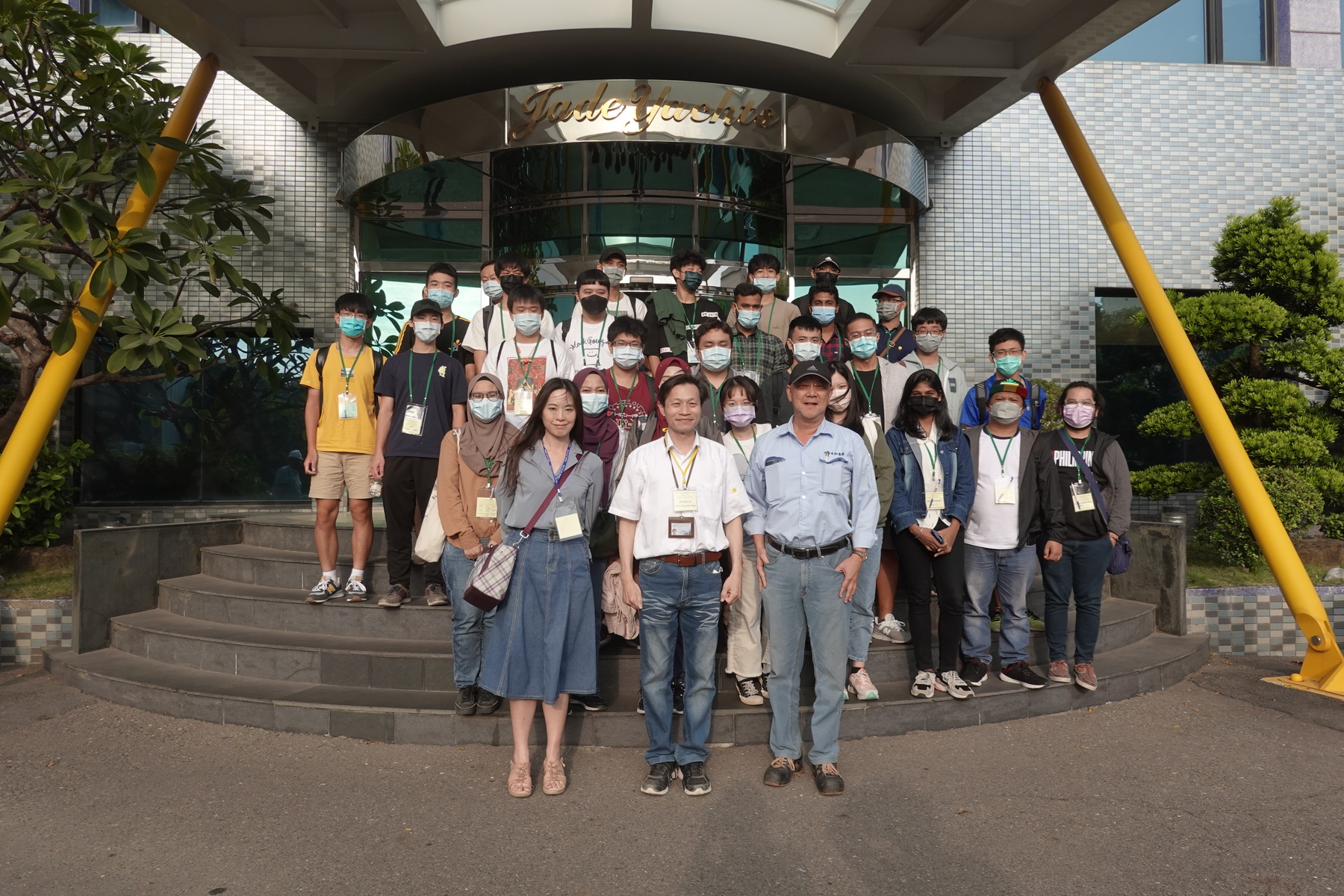
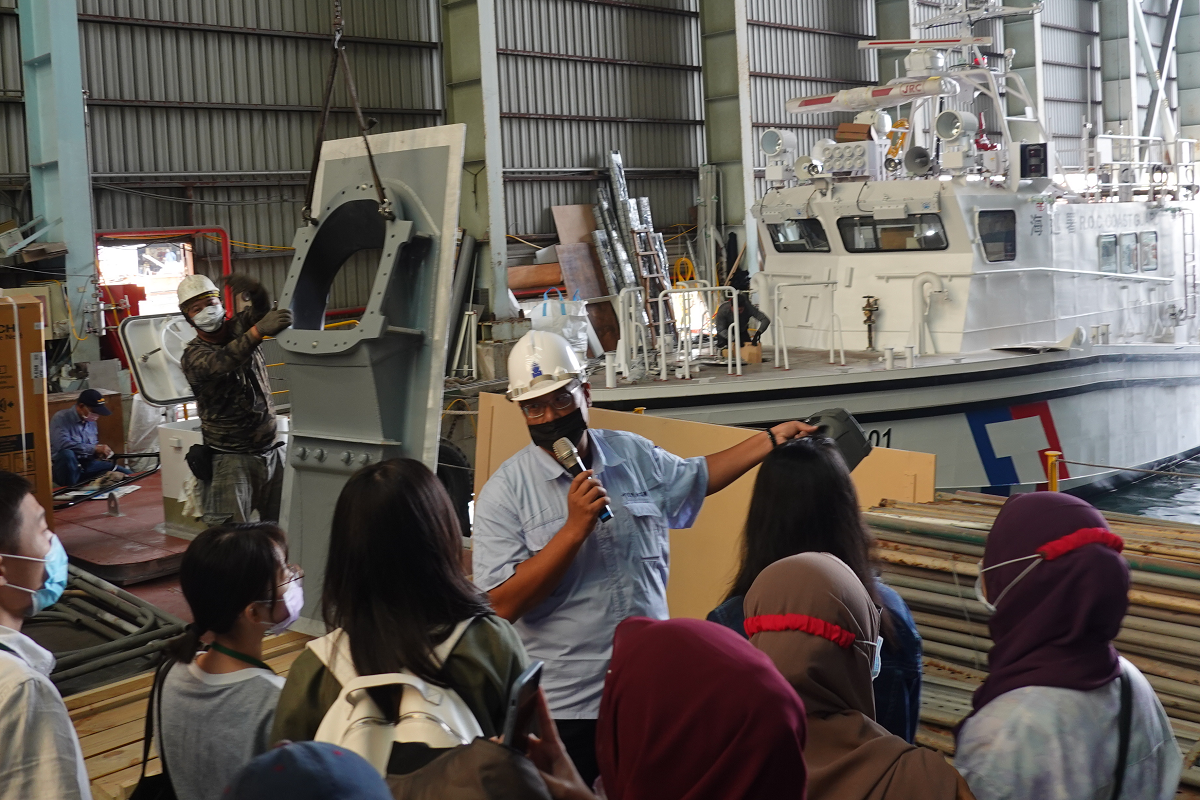
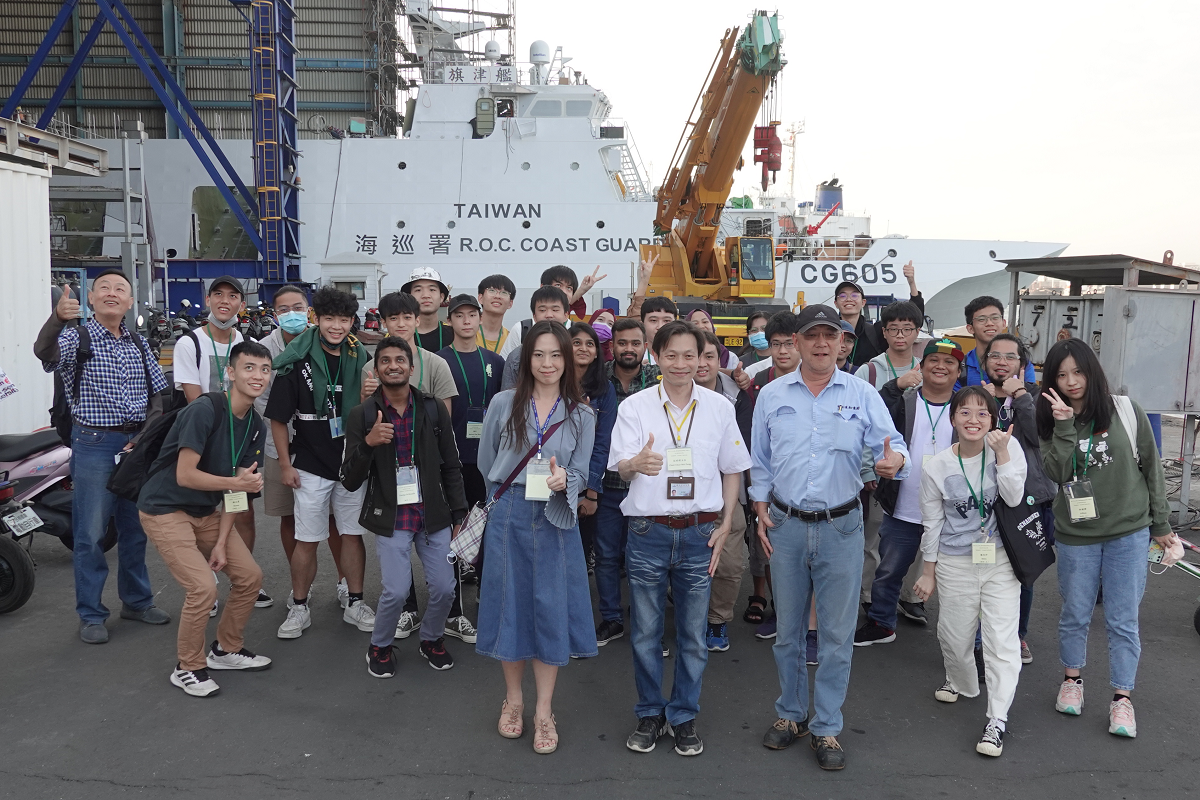
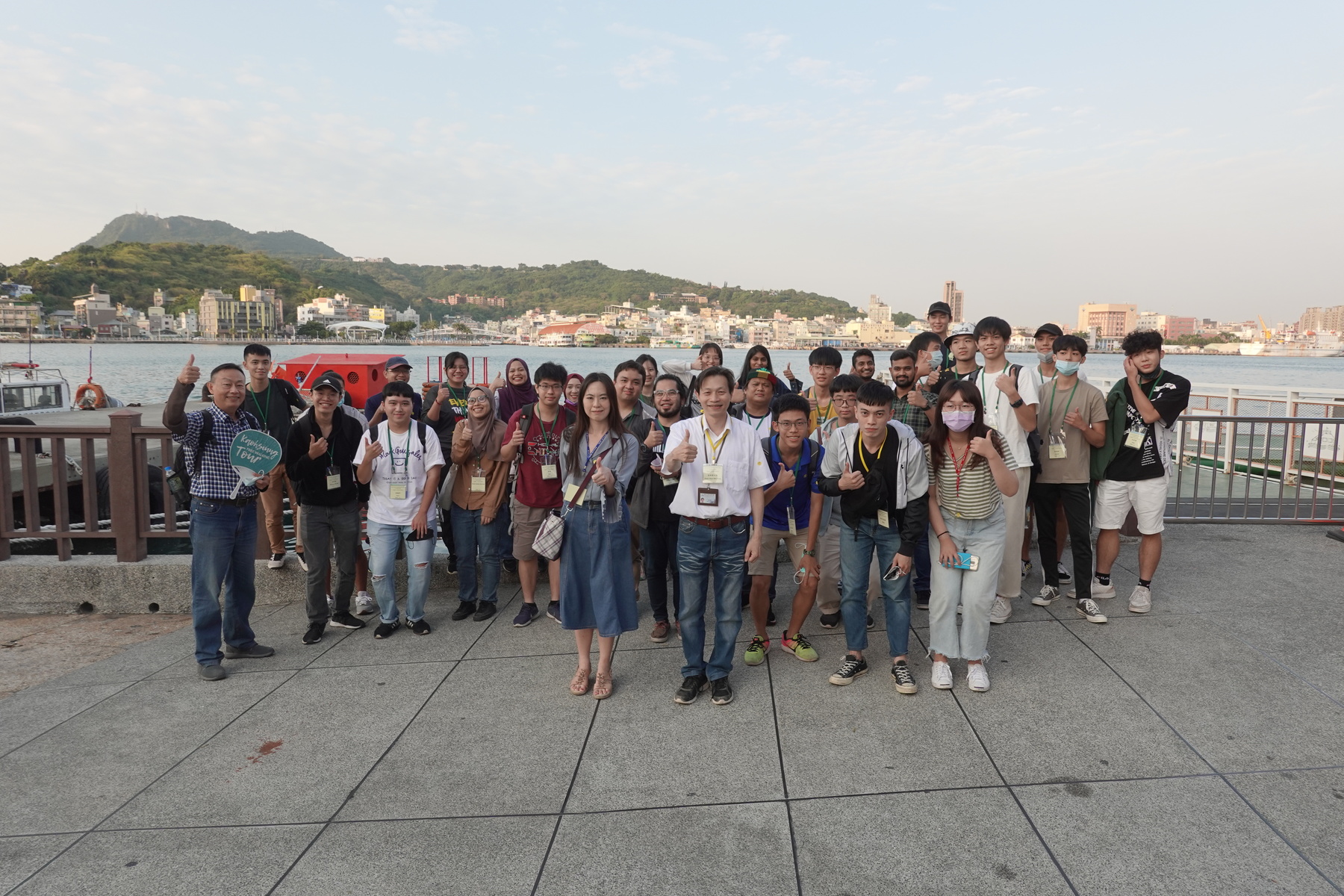
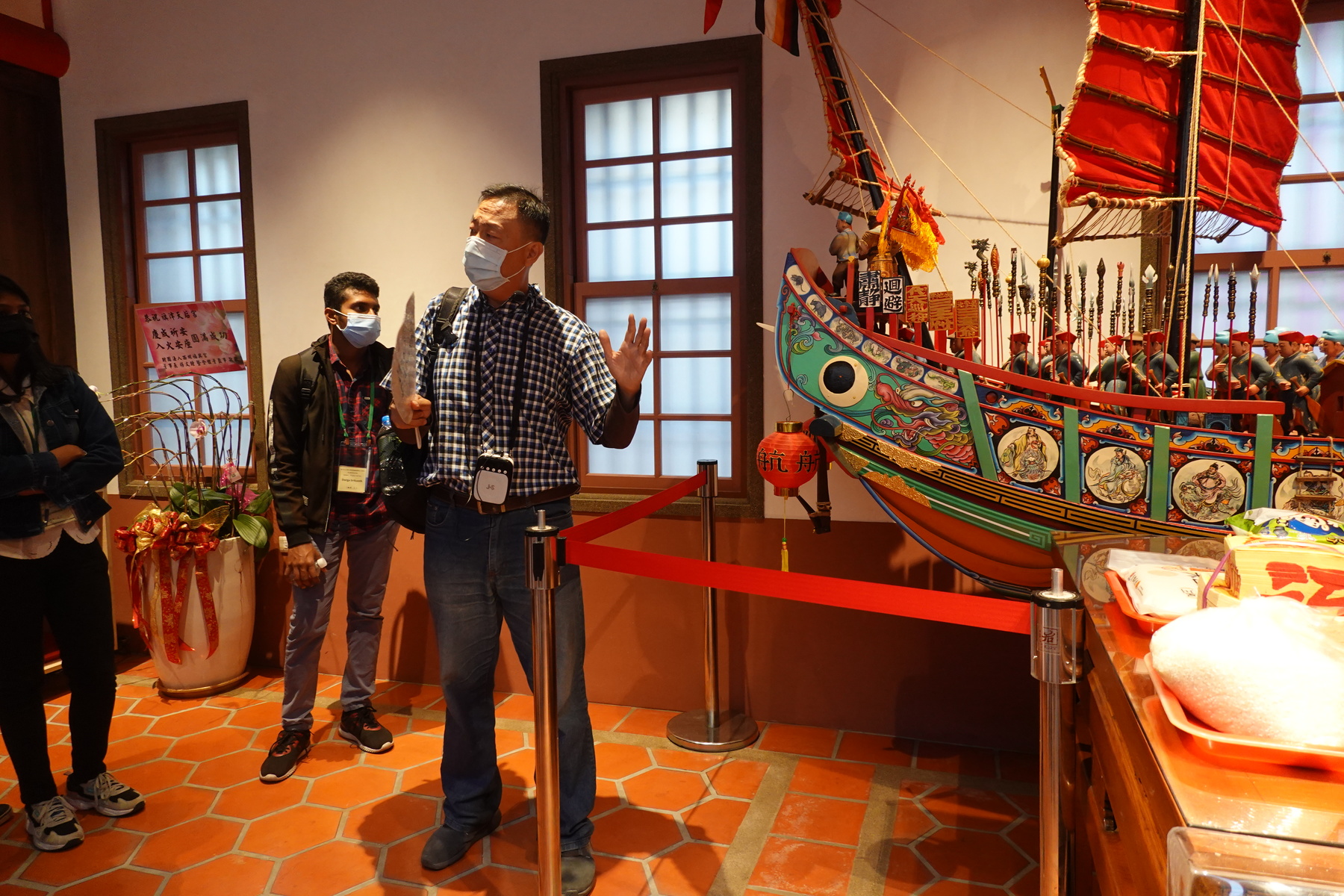
2021-11-17
NSYSU College of Engineering and the Department of Mechanical and Electro-Mechanical Engineering organized a field trip to Cijin Island – a hub of the shipbuilding industry and historically the first settlement in the present-day Kaohsiung City for immigrants from China. The tour led a group of over thirty Taiwanese and international NSYSU students of the College of Engineering to visit the Jong Shyn Shipbuilding Corporation, a long-time collaborator of the University, as well as to appreciate the unique cultural and historical values of Cijin.
Established in 1985, Jong Shyn Shipbuilding Corporation (JSSC) has grown to be the largest privately-owned shipbuilder in Taiwan, manufacturing and repairing ships ranging from fishing boats, patrol ships, oil and chemical tankers, high-tech research vessels, ultra-low temperature fridge vessels to luxury yachts for domestic and foreign customers. The employees of JSSC gave a presentation of their company to the students and took them on a tour around the shipyard on Cijin Island, showing them the work in progress and explaining different standards of vessels manufactured. JSSC has been a long-time partner of NSYSU, offering internships at one of its five shipyards – the one on Cijin Island, as well as scholarships and future employment opportunities to cultivate professionals in the field of marine engineering.
Luis and Molly – guides from Like It Formosa, a walking tour company collaborating with NSYSU, introduced the participating students to the history and cultural values of Cijin Island. “Without Cijin, there would be no Kaohsiung Port,” said Luis, emphasizing the importance of the Island for the development of the City during the last century. Besides, Cijin was the first place where the immigrants from China would settle before developing the area into the present-day Kaohsiung City and so “this place is housing more treasures of the past than the other side (of the port)”.
The guides introduced a few long-standing witnesses of the history of Cijin along the Old Street, such as Cijin Mazu Temple – the oldest temple in Kaohsiung devoted to the worship of Mazu – the goddess of the sea and San Ho Bakery, selling luxury traditional Chinese pastry from 1895 that people would buy on special occasions. In a narrow back alley, there is a Western-style mansion of a wealthy family that established the first bank owned by the Taiwanese people and hosted poetry club meetings, during which one of the poems read became the reason for the change of the name of the Island from Cihou to Cijin, a name used to the present day. The last stop on the Old Street was Kî-āu Presbyterian Church, founded in the 19th century by James Maxwell, a Scottish missionary and doctor.
The tour allowed the participating students of the College of Engineering to gain practical experience with the local industry in addition to the knowledge learned in class, in a relaxed and casual atmosphere. To encourage them to meet new friends, the organizers prepared a list of questions for the students to talk about during their free time on the bus. The guides enthusiastically fostered interaction and humorously engaged with the students.
This was the first event in the fall semester organized by the College of Engineering and the Department of Mechanical and Electro-Mechanical Engineering as part of the College of Engineering’s English Corner Project: Learning Together with International Partners. More tours are planned for this academic year; the Project organizers welcome Taiwanese and international students of the College of Engineering to learn about the cultural heritage of southern Taiwan and the local industry and practice English with their peers.
NSYSU College of Engineering and the Department of Mechanical and Electro-Mechanical Engineering organized a field trip to Cijin Island – a hub of the shipbuilding industry and historically the first settlement in the present-day Kaohsiung City for immigrants from China. The tour led a group of over thirty Taiwanese and international NSYSU students of the College of Engineering to visit the Jong Shyn Shipbuilding Corporation, a long-time collaborator of the University, as well as to appreciate the unique cultural and historical values of Cijin.
Established in 1985, Jong Shyn Shipbuilding Corporation (JSSC) has grown to be the largest privately-owned shipbuilder in Taiwan, manufacturing and repairing ships ranging from fishing boats, patrol ships, oil and chemical tankers, high-tech research vessels, ultra-low temperature fridge vessels to luxury yachts for domestic and foreign customers. The employees of JSSC gave a presentation of their company to the students and took them on a tour around the shipyard on Cijin Island, showing them the work in progress and explaining different standards of vessels manufactured. JSSC has been a long-time partner of NSYSU, offering internships at one of its five shipyards – the one on Cijin Island, as well as scholarships and future employment opportunities to cultivate professionals in the field of marine engineering.
Luis and Molly – guides from Like It Formosa, a walking tour company collaborating with NSYSU, introduced the participating students to the history and cultural values of Cijin Island. “Without Cijin, there would be no Kaohsiung Port,” said Luis, emphasizing the importance of the Island for the development of the City during the last century. Besides, Cijin was the first place where the immigrants from China would settle before developing the area into the present-day Kaohsiung City and so “this place is housing more treasures of the past than the other side (of the port)”.
The guides introduced a few long-standing witnesses of the history of Cijin along the Old Street, such as Cijin Mazu Temple – the oldest temple in Kaohsiung devoted to the worship of Mazu – the goddess of the sea and San Ho Bakery, selling luxury traditional Chinese pastry from 1895 that people would buy on special occasions. In a narrow back alley, there is a Western-style mansion of a wealthy family that established the first bank owned by the Taiwanese people and hosted poetry club meetings, during which one of the poems read became the reason for the change of the name of the Island from Cihou to Cijin, a name used to the present day. The last stop on the Old Street was Kî-āu Presbyterian Church, founded in the 19th century by James Maxwell, a Scottish missionary and doctor.
The tour allowed the participating students of the College of Engineering to gain practical experience with the local industry in addition to the knowledge learned in class, in a relaxed and casual atmosphere. To encourage them to meet new friends, the organizers prepared a list of questions for the students to talk about during their free time on the bus. The guides enthusiastically fostered interaction and humorously engaged with the students.
This was the first event in the fall semester organized by the College of Engineering and the Department of Mechanical and Electro-Mechanical Engineering as part of the College of Engineering’s English Corner Project: Learning Together with International Partners. More tours are planned for this academic year; the Project organizers welcome Taiwanese and international students of the College of Engineering to learn about the cultural heritage of southern Taiwan and the local industry and practice English with their peers.
Click Num:
Share
